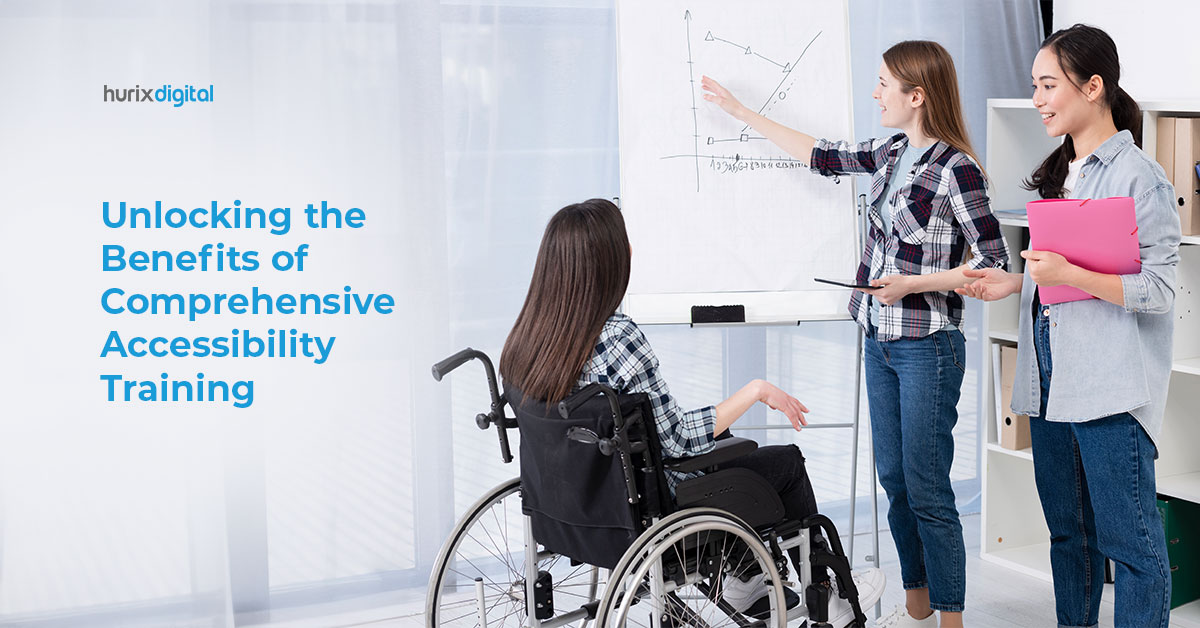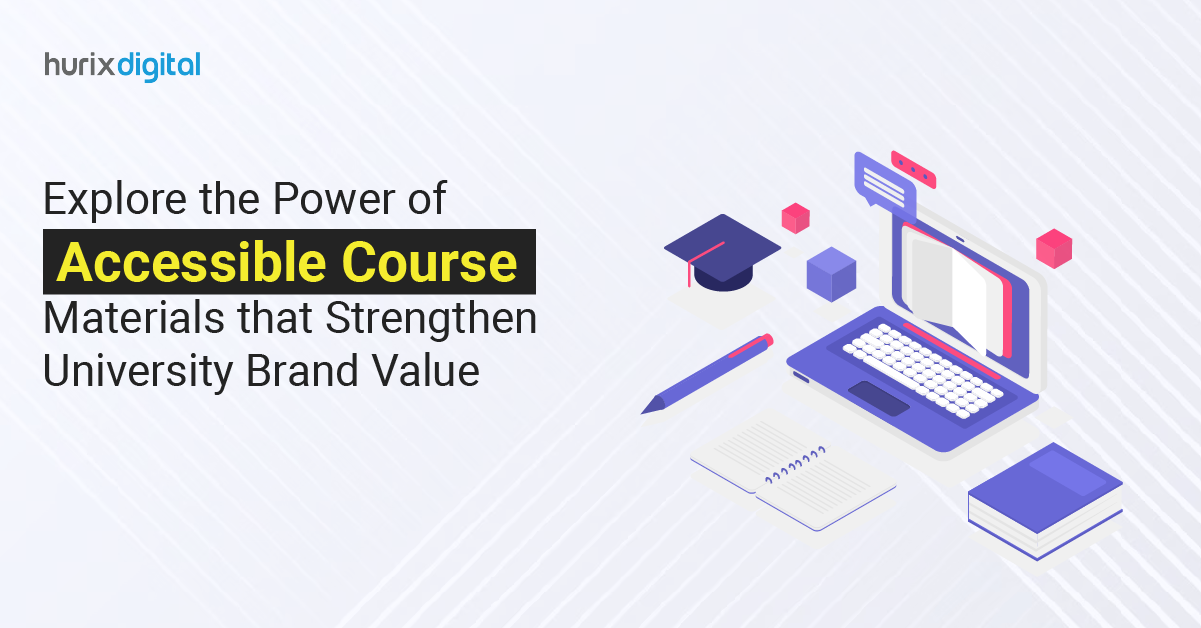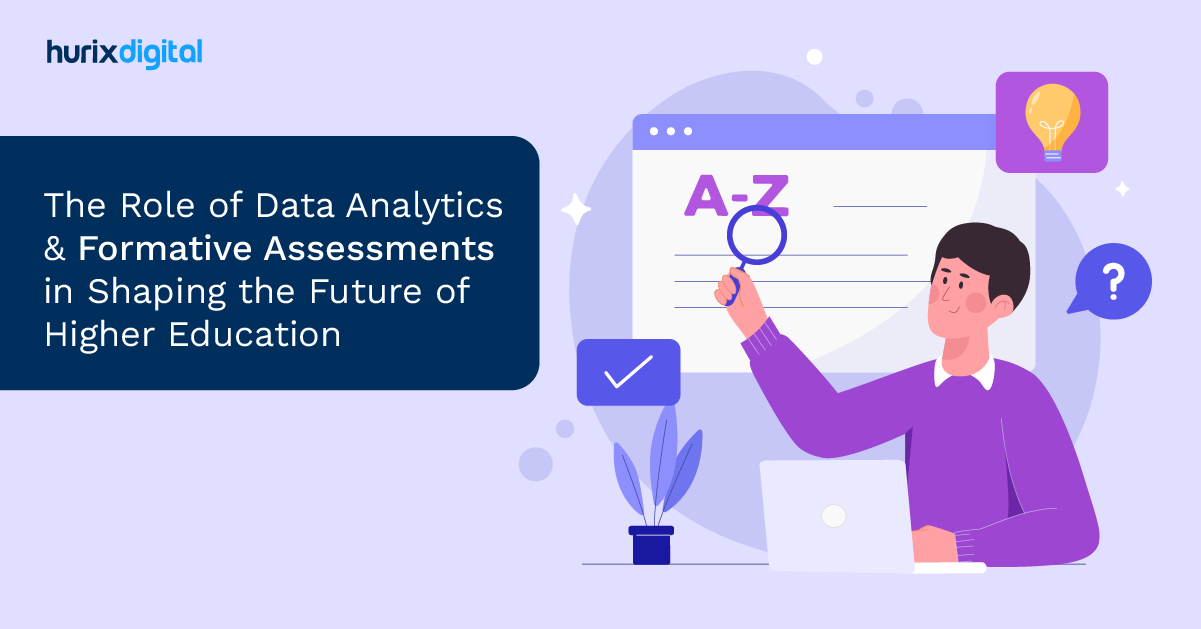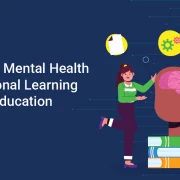
Overcoming Common Roadblocks to Implementing Accessibility in the Publishing Industry
Summary
This article examines common barriers to full accessibility in publishing and suggests remedies like awareness, technology, resources, standards, and training.
Modern publishing now mostly depends on accessibility to make sure that everyone, regardless of their level of ability, can access and enjoy produced works.
Though accessibility in publishing has made significant progress, many obstacles still prevent the flawless application of accessible methods. According to 2022 Statista research, only 23% of people claimed to have read an audiobook in 2021.
This article explores the typical obstacles to reaching complete accessibility in the publishing sector and offers solutions to resolve them.
Table of Contents:
- Accessibility in Publishing
- Common Roadblocks to Accessibility in Publishing
- Strategies to Overcome Accessibility Barriers
- Implementing Accessible Content Creation
- The Value of Accessibility Training for Publishers
- To Wrap Up
Accessibility in Publishing
In publishing, accessibility is the activity of making books, papers, websites, and other published items available and usable by persons with disabilities. According to the Accessible Books Consortium, about 10–15% of people have some sort of print impairment. The objective is to produce material that everyone, regardless of ability, can access.
Inclusive publishing practices guarantee that every reader—including those with disabilities—can access and enjoy materials. These methods not only increase the audience base but also follow moral and legal guidelines. Publishers are increasingly realizing, as knowledge increases, the importance of including accessibility in their procedures.
Common Roadblocks to Accessibility in Publishing
The following obstacles can often be expected when considering accessibility in publishing:
1. Lack of Awareness and Understanding
One of the main obstacles to accessibility in publishing is the ignorance of publishers, writers, and designers, among others. Many business experts are unaware of the needs of handicapped readers or the benefits of easily accessible material. This knowledge disparity sometimes results in a disregard for accessibility issues during the process of producing the information.
2. Technological Constraints
The fast-changing scene of digital accessibility in publishing presents major difficulties. Many times, publishers battle with antiquated technologies and platforms without accessibility capabilities. Furthermore, the ongoing technological developments call for ongoing education and adaptation, which can be somewhat resource-intensive.
3. Financial Constraints
Creating accessible content can be expensive. Particularly for smaller publishing companies, the demand for specialist software, training, and extra time for testing and changes can tax their budgets. Consequently, often, more immediate corporate demands take precedence over accessibility projects.
4. Inadequate Knowledge and Skills
Many times, publishers have inadequate or no accessibility training at all. Without the appropriate training, publishers and their staff lack the required abilities to apply accessibility features successfully. This disparity can lead to inadequate, easily available content that falls short of what impaired readers need.
Also Read: How to Improve Accessibility in Healthcare Setting?
Strategies to Overcome Accessibility Barriers
Here are some inclusive publishing practices you can follow to break down the barriers to accessibility and develop a more inclusive publishing environment:
1. Raise Awareness and Educate
Overcoming accessibility challenges starts with growing knowledge and awareness of accessibility in publishing. Industry conferences, seminars, webinars, and online courses help one accomplish this. The sector may promote a more inclusive attitude by teaching publishers, writers, and designers the value of accessibility and the particular needs of handicapped readers.
2. Make Technological Investments
Publishers should invest in contemporary, easily accessible tools and platforms to solve technological constraints. This includes tools for verifying accessibility features and programs for producing easily accessible formats, such as EPUB3. Maintaining current with the most recent technological developments can greatly improve digital accessibility in publishing.
3. Secure Resources
Overcoming budgetary limitations requires a lot of strategic planning and funding for access projects. Publishers might look at grants, subsidies, and joint projects with companies that promote accessibility. Furthermore, proving the long-term advantages of easily available materials, such as increasing audience reach and avoiding legal consequences, might help to support the initial outlay.
4. Develop Consistent Standards
Consistency and effectiveness depend on the adoption and promotion of uniform accessibility standards in publishing. Industry players—publishers, government agencies, and advocacy groups—should work together to create thorough rules covering all facets of accessibility. This will enable publishers to negotiate the challenging terrain of accessibility criteria more quickly.
Implementing Accessible Content Creation
For publishers and writers looking to implement pillars of accessibility in their content, consider the following strategies:
1. Understanding the Needs of Disabled Readers
Understanding the several demands of readers with disabilities is the first step in producing accessible content. This covers those with physical, cognitive, visual, and hearing problems, as well as those with visual difficulties. Screen reader compatibility, captioning, simple-to-read layouts, and keyboard navigation are just a few of the accessibility tools each group can call for.
2. Creating Accessible Digital Formats
In publishing, digital accessibility refers to producing material in multiple formats fit for assistive devices. One often-used format with several accessibility characteristics is EPUB3. Publishers should make sure their digital materials have the required accessibility metadata and are correctly structured.
3. Testing and Validation
Testing and validation are critical to ensuring material meets publishing accessibility criteria. These examine accessibility issues using automated tools and hand testing. Incorporating disabled people into the testing process can provide insightful analysis and highlight areas that require improvement.
4. Incorporating Accessibility from the Beginning
From the start of the content creation process, accessibility should be included. This covers thinking about accessibility across the planning, authoring, design, and manufacturing phases. Including accessibility in the process helps publishers prevent expensive and time-consuming retrofits later on.
The Value of Accessibility Training for Publishers
Building internal knowledge requires publishers to always be accessible. Training courses should be crafted according to the particular positions in the publishing process, such as those of editors, designers, developers, and authors.
Through the development of specific talents, publishers can assemble a staff capable of producing regularly available materials.
1. Engaging External Experts
Apart from internal training, involving outside accessibility specialists can offer excellent direction and assistance. These professionals might help with accessibility audits, provide consulting services, and lead training courses. Their specialist understanding will enable publishers to negotiate difficult accessibility issues more successfully.
2. Maintaining New Guidelines
Standards of accessibility and technology are always changing. To guarantee continuous compliance and efficiency, publishers must keep updated about the most recent changes. Frequent training and attendance at industry forums and conferences will enable the team to remain current with the newest best practices and ideas.
On this note, directors of accessibility initiatives within publishing companies should prioritize continuous professional development and encourage their teams to stay informed about the latest advancements and updates in accessibility standards.
Here’s what they can do:
- Regular Training Programs: Organize frequent training sessions and workshops to keep staff updated on the latest accessibility standards and technologies. These sessions can be conducted by internal experts or external consultants.
- Accessibility Audits: Conduct regular accessibility audits of published content and digital platforms to identify areas for improvement and ensure compliance with the latest accessibility guidelines.
- Stay Connected with Industry Networks: Encourage team members to join industry forums, attend conferences, and participate in webinars focused on accessibility. Networking with other professionals can provide valuable insights and foster knowledge sharing.
- Access to Resources: Provide access to a repository of up-to-date resources, including guidelines, best practices, tools, and case studies on accessibility. This can serve as a reference point for employees when working on accessible content.
Also Read: 7 Best Ways to Overcome Challenges in Born Accessible Implementation
To Wrap Up
Overcoming the typical obstacles to applying accessibility in publishing is a multifarious task requiring awareness, technology, money, standards, cultural transformation, and training.
By confronting these obstacles head-on, publishers may provide more inclusive materials that satisfy every reader’s demands, regardless of their degree of ability. Although the road toward complete accessibility is long, the publishing sector may significantly advance toward a more inclusive future with dedication and teamwork.
At Hurix Digital, we understand the importance of a user-friendly and accessible online presence. Our experts excel at integrating accessibility tools to create an exceptional experience for all users. Take the first step towards an inclusive publishing environment Contact us today to discover how we can help you achieve seamless accessibility!

Vice President – Digital Content Transformation. He is PMP, CSM, and CPACC certified and has 20+ years of experience in Project Management, Delivery Management, and managing the Offshore Development Centre (ODC).







